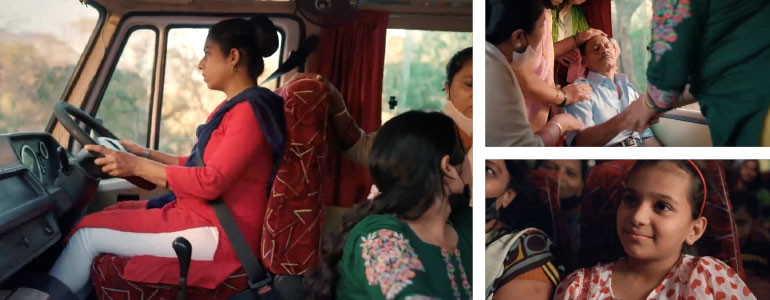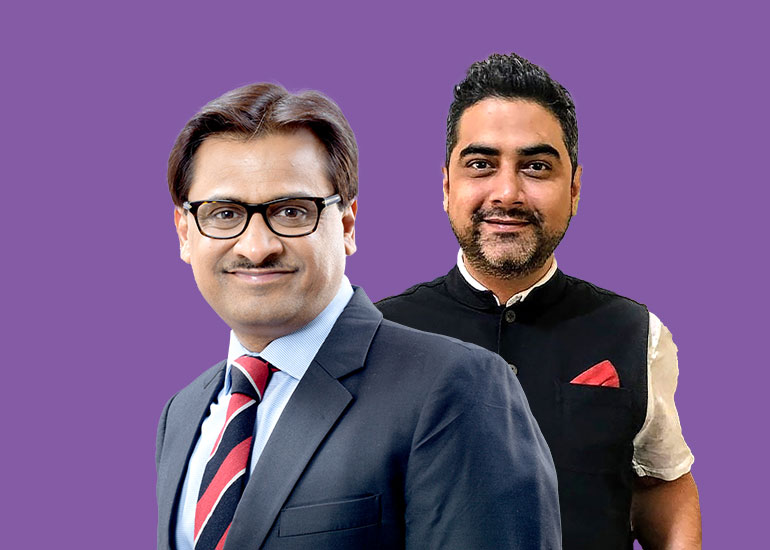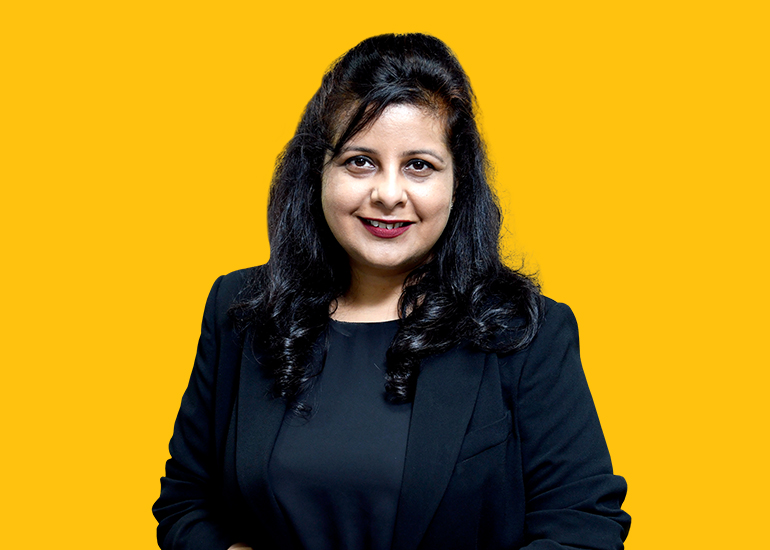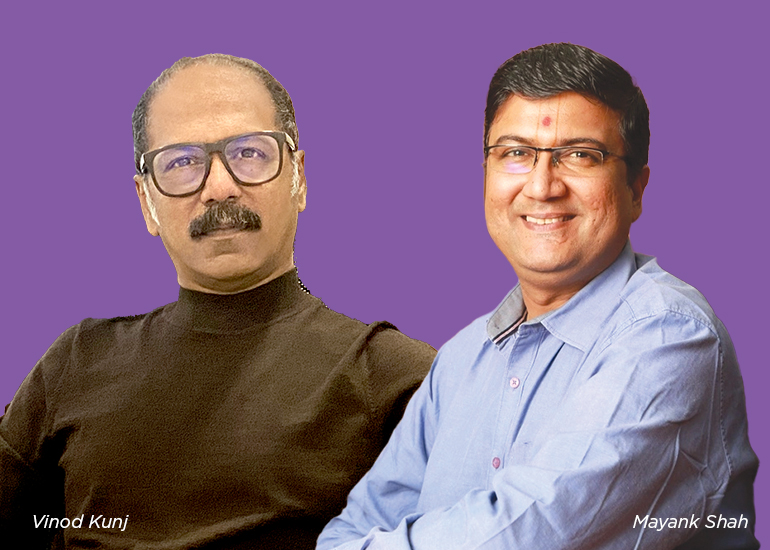Q] Could you help our readers understand the initiative #DriveLikeALady from Kotak General Insurance? What is the objective behind this campaign, and what does the brand hope to accomplish?
Suresh: The #DriveLikeALady initiative aims to break stereotypes and celebrate women who have a proven track record of being safe drivers. From an overall perspective, our strategy has always evolved keeping the customer at the core. During our research we found out that in a country where half the population is women, only 12% of them are car or vehicle owners. Hence, we started working on this initiative to appreciate and encourage female drivers. Kotak General Insurance plans to offer a car insurance policy with preferential pricing for female drivers and car owners.
Like every year, with our #DriveLikeALady campaign we intend to take this conversation further with our customers and society at large. The initiative was born in 2019, when we came across a real-life instance wherein there was a bus full of people going on a picnic, and then suddenly the driver suffered a heart attack. One of the female passengers actually drove the bus to safety, saving everyone’s lives in the process. So, we reached out to this lady, Yogita Satav, and promoted her story on social media. We won several awards for that campaign.
Pulak: Since 2019, we’ve made conscious efforts to highlight stories that showcase a real-life influencer, rather than a social media influencer. It was a conscious decision to present true stories to our audience. The latest edition of #DriveLikeALady revolves around Anita who rose above many challenges to become a bus driver with the Delhi Transport Corporation, supported by the Azad Foundation. So, we are working with Azad foundation to bring many such stories to the fore, as they train female drivers to become professionals in their field.
Q] You have mentioned that Kotak plans to have differential pricing for female drivers and car owners. Can you elaborate on this?
Suresh: In insurance parlance, there’s something that we call ‘loss ratios’ on claims. If we look at female and male categories separately, the loss ratio in claim of the female category is significantly better than the male. It also gives a message that, perhaps, this is the gender where you have more stability, better claim, and driving experiences. So, what we have tried to do over time is to see how we can pass on this benefit to this segment of customers by designing a pricing that is superior to the usual pricing for female vehicle owners specifically. In order to offer that, we need to make ourselves available to this segment via various platforms, and use multiple touch points to drive this entire message.
Q] What marketing strategies are you utilising to promote this latest campaign?
Suresh: This is a large segment, and perhaps completely untapped, so what we have tried to do through our distribution network and the social media campaign is that we have reached out and said – if you are a female owner, we’ll give you a differential pricing. In doing so, our experiences have been pretty good over the last few years. We have taken various measures to show how our customer experience has improved. Our NPS score or Net Promoter Score, that reflects whether customers have had a good experience, has been around 47+ in the last quarter, and it has been going up constantly month-on-month. Our endeavour is to increase the share of female owners.
We are focused on the entire life-cycle – from being accessible, to using all probable touch points, whether it is the physical mode or the digital mode – social media presence, our customer portal, or our website. We are trying to see that the buying experience of customers is significantly easier with a few clicks. Also, our biggest strength is reaching out through our distribution network.
Q] How do you allocate your advertising budget across various media platforms? Which of these mediums have been the most effective for the brand so far?
Pulak: From a media-mix perspective, it’s primarily Digital. If you look at the category, there is not much action happening on other media. There is very little on Radio and on OOH, and that’s primarily supporting the activities that we are doing digitally. Our endeavour is to ensure that we are present whenever the customer is doing an online search. Initiatives like ‘Drive like a Lady’ have given us that spike, and we’ve seen very high levels of engagement with the audience. I won’t say ROI because we were not looking to drive traffic onto the site initially, however we will be moving in that direction gradually.
So, we haven’t used foot soldiers or gone for big spends on TV and Radio. Instead, we have used Kotak’s overall brand, which is extremely strong, to double it up with specific product-related digital strategy.
Q] Can you share some of the key consumer trends that have been driving your category’s growth and marketing strategies in the recent years.
Pulak: Post COVID, there’s a lot of openness to the idea of discussing health insurance. COVID actually helped create more awareness and visibility around health products. From a product split perspective, health insurance as a topic has become important in our communication data. We see that content around health insurance is getting a lot of traction. Engagement has become extremely important today, and this kind of compelling content around health also helps us to create empathetic communication.
So, we are investing in marketing technology tools to engage with customers in a better way, and use the same platform for analytics to drive the campaigns further. Primarily, the investments have been in the Digital space, and that’s the trend we are seeing. From our product perspective, motor insurance will continue to enjoy a good share. As of today 44-45% of our business comes from it. However, health has also become a large segment for us - nearly 40% plus, which typically is around 15-20% for GI companies. Rest of the commercial segment would be 15%.
Within this we have the female segment, and the younger generation segment where young people are coming and engaging with us to buy health plans. This wasn’t the case before. We are trying to see how we can make more innovative products. For instance, we launched a product called ‘Switch on Switch off Kotak’ Meter last year, which revolved around the premise that, if your car is not on the move, then why pay insurance for it? That really did well. So, innovation is a constant around motor, health, and other product categories.
Q] Can you share some Year-on-Year growth numbers from the last few years?
Suresh: So, in the last six years our CAGR has been upwards of 50%. This year, while the overall industry is growing at 17% Y-o-Y, we’ve been growing at 51% Y-o-Y. Our endeavour is to be in the top quartile as the fastest growing company. Besides growth, what is most important is to ensure that our value proposition to customers is constantly growing, and that’s been key. So, our loss ratios or the claim ratios are, perhaps, amongst the best in the industry.























